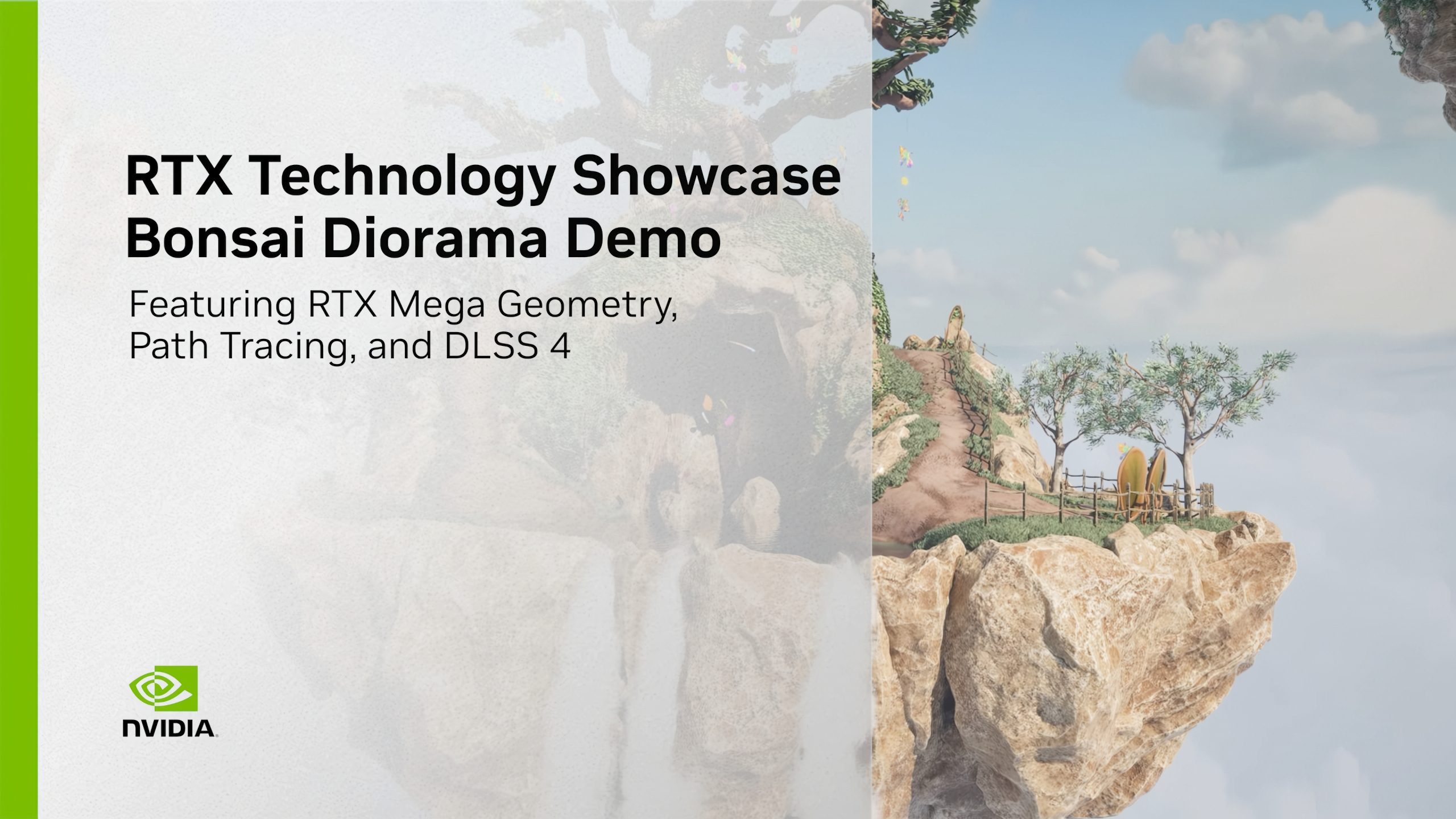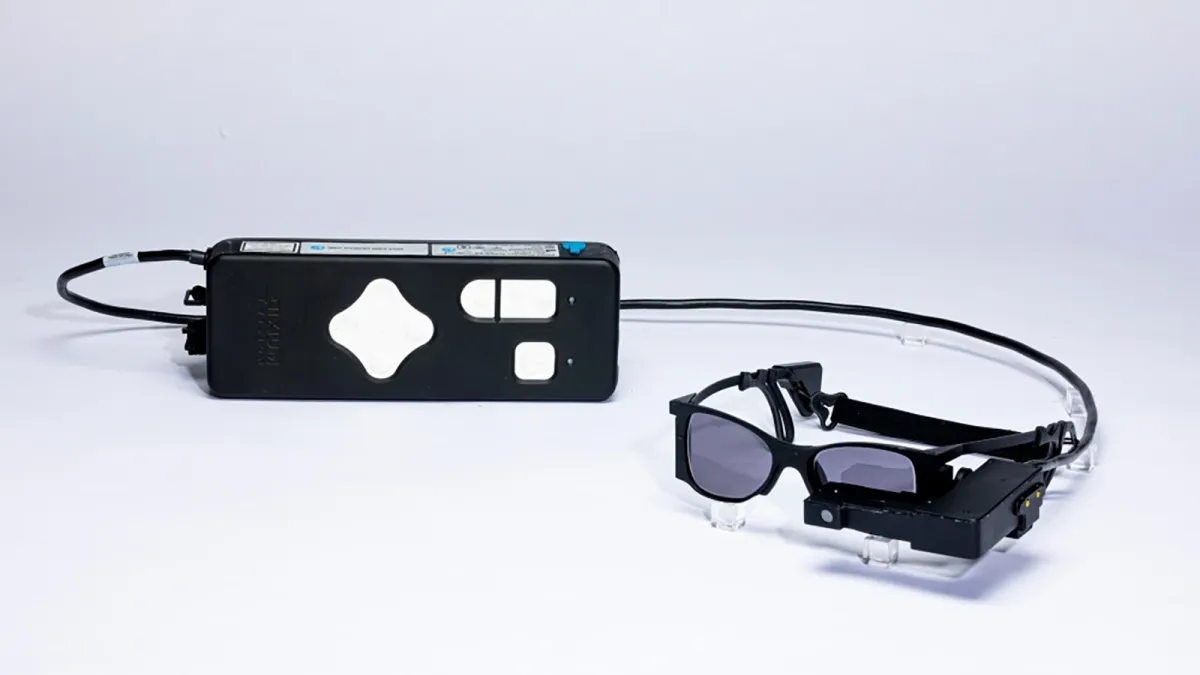Copyright Wccftech

NVIDIA has released a new downloadable 'Bonsai Diorama' demo that shows off DLSS 4, path tracing, and RTX Mega Geometry. The Bonsai Diorama demo accompanies the latest update of the Unreal Engine RTX branch (version 5.6.1), showcasing RTX Mega Geometry alongside ReSTIR PT (which just received performance and image quality improvements) and the full DLSS 4 technology suite (DLSS Super Resolution, DLSS Ray Reconstruction, and DLSS Frame Generation). If you wish to try the demo, NVIDIA says the minimum graphics card is a GeForce RTX 2080Ti, while the recommended one is the GeForce RTX 5060. Also, you should be using the GeForce driver 581.29 or newer. NVIDIA also warns that the resolution and window settings can only be adjusted in the main menu, before actually launching into the Bonsai Diorama demo level. You should start the demo with full screen; if using an 8 GB GPU, start with 1080p or 1440p. If you use an 11 GB GPU or higher, try 4K resolution. Once in the demo, you can toggle the user interface by pressing H. Here, you can toggle RTX Mega Geometry and Ray Reconstruction on and off and tweak DLSS Super Resolution (Off, DLAA, Auto, Quality, Balanced, Performance, Ultra Performance) and Frame Generation (Off, Auto, 2x, 3x, 4x). The main feature being showcased here is really RTX Mega Geometry, which debuted in Remedy's Alan Wake 2 with a patch showing performance improvements. In this case, though, NVIDIA focuses on the image quality benefits: RTX Mega Geometry adds full quality Nanite geometry to the ray tracing bounding volume hierarchy (BVH). As a result, ray traced shadows and reflections no longer exhibit visual artifacts typically present with Unreal Engine 5's default behavior. A webinar is scheduled for Thursday, October 28, at 10 AM Pacific Time. Developers will be able to ask questions about the Bonsai Diorama demo and its featured technologies. In other NVIDIA news, ACE (Avatar Cloud Engine) can now use the open-source Qwen3-8B AI model as an In-Game Inferencing (IGI) SDK plug-in. This simplifies integration within a developer's pipeline and optimizes the simultaneous processing of AI and graphics for accelerated game performance. Qwen3 enables developers to create enhanced game characters that can reason in real time through non-scripted events and respond dynamically to player inputs and contextual information. Alongside the release of Qwen3-8B, NVIDIA also made several improvements to the core IGI SDK: MultiLORA adapters to quickly fine-tune model weights with minimal computational overhead CUDA support for graphics with Vulkan backends, which optimizes graphics and AI workloads for accelerated performance when both are running simultaneously.



